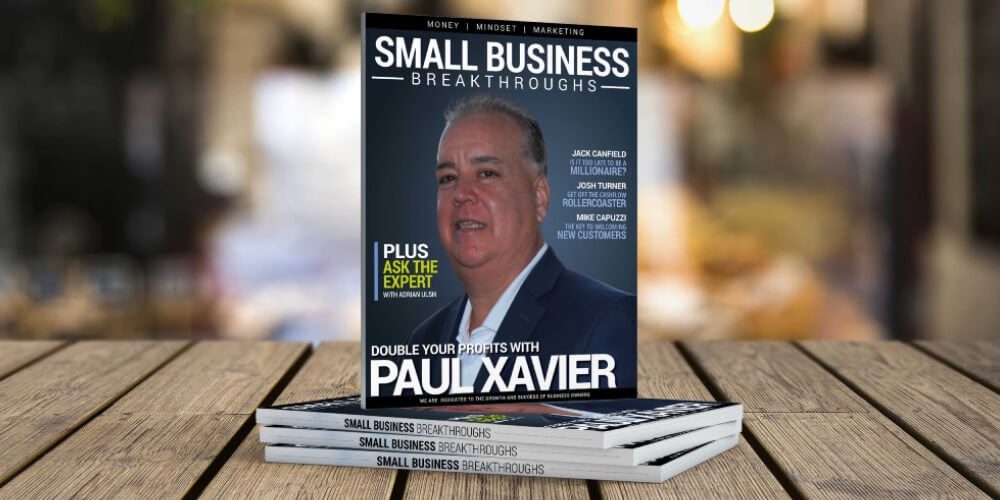Today’s lesson will talk about how word of mouth messages are delivered and how you can influence those messages.
There are essentially 3 methods of word of mouth:
- Expert to Expert
- Expert to Peer
- Peer to Peer
When experts are talking about your products or service you will usually receive an amazing rush of sales and new customers, so obviously this is one of the best things that can happen. You can also help to facilitate this by offering free products to experts for them to review.
Expert opinion can also bring about new ideas that help to fuel new products, services and operating systems within your company. If you take the time to change or develop the opinions of even a small group of experts, you will have the opportunity to help your market explode.
There is a standard word of mouth delivery system that, in most cases, takes a few years. But, you can speed this up into only a few weeks. The standard system is:
- First impressions from an expert
- Organized trial of your products or services
- Pooling peer experiences
It’s important to know exactly who is advocating for your products and service. Take the time to find out who they are and reward them. While, you may already have a customer service system for filing complaints, do you have one for compiling praise? Most likely not. If you take the time to show these people appreciation, they will help take your products and services to the top.
- Some of the ways you can show them appreciation are:
- Invite them to a customer appreciation dinner
- Offer to video tape their testimonials
- Ask to interview them for feedback to improve with
- Offer them a premier customer membership
- Ask them to join a referral incentive program
There are lots of things you can offer your biggest fans to help spread the word about your products and services.
Conventional media has been around forever and while it can still be effective, it’s lost a little of its luster over the last few years. There are a few reasons for this:
- Expensive and doesn’t necessarily return results
- Boring, lacking something fresh and new
- Too short of a time slot to offer enough information
While these are all true, there are ways you can make conventional media work for you. For the information to be effective it needs to be presented in the right sequence, come from the right sources, be relevant to the target customer, be credible and be delivered at the right time in the medium.
We’re going to switch gears a little and talk about the two phases of the product adoption cycle. Traditional media is great for taking you through the information stage where you can offer the information you need to your potential customers, but it’s not so great for measuring the results of those efforts.
Without these results you can’t fine tune your marketing and therefore can easily miss the boat and lose potential customers and waste a whole lot of money. Once a consumer has the information they need, they’ll go through a verification process as they analyze whether or not the purchase was a good one. They generally get their information through:
- Direct experience with the product
- Interaction with peers using the same product
- Experts’ experience
- Scientific journals and other resources
- Independent reviews and opinions
- You can accelerate this process by:
- Providing your own demo’s and free trials
- Offer them indirect experience through the experience of others
- Offer a good true story that can be passed around
Once you have the ability and are able to work through these concepts, you will be able to target your customers much better. If you need help with any of this along the way, try our GUIDED TOUR to gain access to our experienced business coaches.




